This article explores the SQL Server Update Join statement in T-SQL for SQL Server.
Read more »
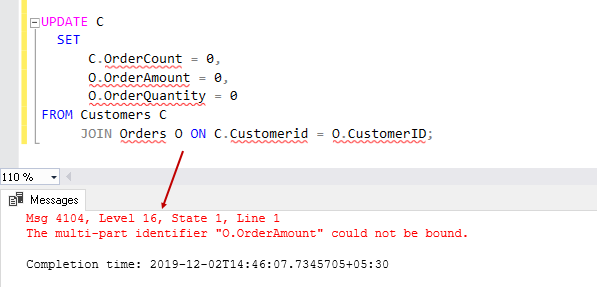


This article explores the SQL Server Update Join statement in T-SQL for SQL Server.
Read more »
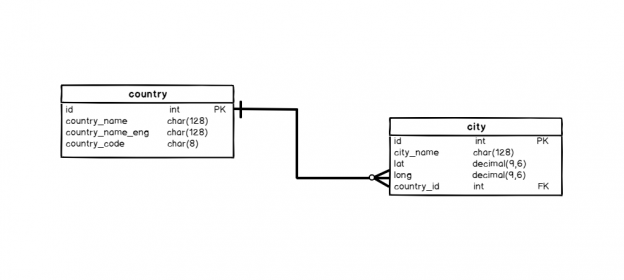
Welcome to the first article in the Learn SQL series. In this part, we’ll start with two essential commands in SQL: Create Database and Create Table. While both are pretty simple, they should be used first before you start working on anything with data (unless you use some template database).
Read more »
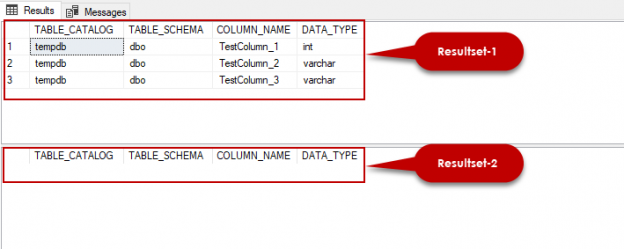
In this article, we will explore the table variable in SQL Server with various examples and we will also discuss some useful tips about the table variables.
Read more »

In this article, we will learn the notions and usage details of the SQL variable. In SQL Server, local variables are used to store data during the batch execution period. The local variables can be created for different data types and can also be assigned values. Additionally, variable assigned values can be changed during the execution period. The life cycle of the variable starts from the point where it is declared and has to end at the end of the batch. On the other hand, If a variable is being used in a stored procedure, the scope of the variable is limited to the current stored procedure. In the next sections, we will reinforce this theoretical information with various examples
Read more »
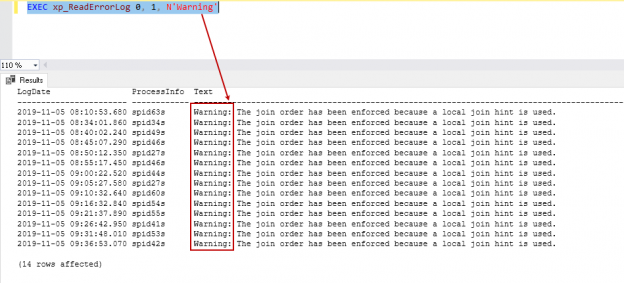
This article explores the xp_readerrorlog command for reading SQL Server error logs using T-SQL.
Read more »
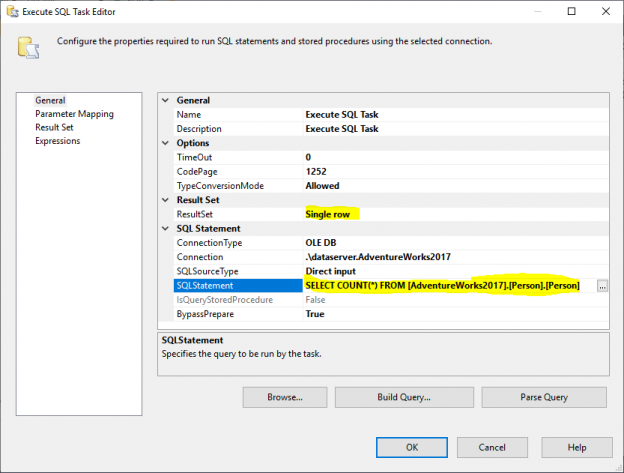
In this article, we illustrate how to use the OFFSET FETCH feature as a solution for loading large volumes of data from a relational database using a machine with limited memory and preventing an out of memory exception. We describe how to load data in batches to avoid placing a large amount of data into memory.
Read more »

This article covers how to connect a Python application to Microsoft SQL Server using a 3rd party Python SQL library. The library that we are going to use is called “pyodbc”, which is freely available. We will use “pyodbc” to perform CRUD (Create Read Update and Delete) operations on a Microsoft SQL Server database.
Read more »
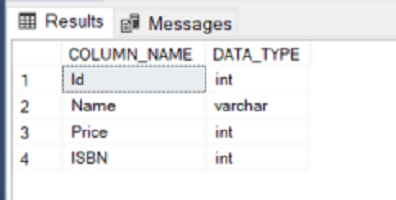
This article explains SQL DDL commands in Microsoft SQL Server using a few simple examples.
Read more »
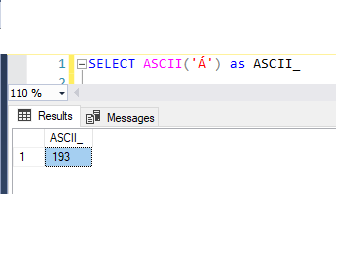
In this article, I’ll provide some useful information to help you understand how to use Unicode in SQL Server and address various compilation problems that arise from the Unicode characters’ text with the help of T-SQL.
Read more »

This article gives an overview of the DBCC INPUTBUFFER and its replacement sys.dm_exec_input_buffer system dynamic management function .
Read more »
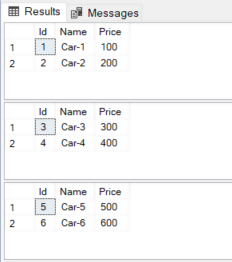
The SQL While loop is used to repeatedly execute a certain piece of SQL script.
Read more »
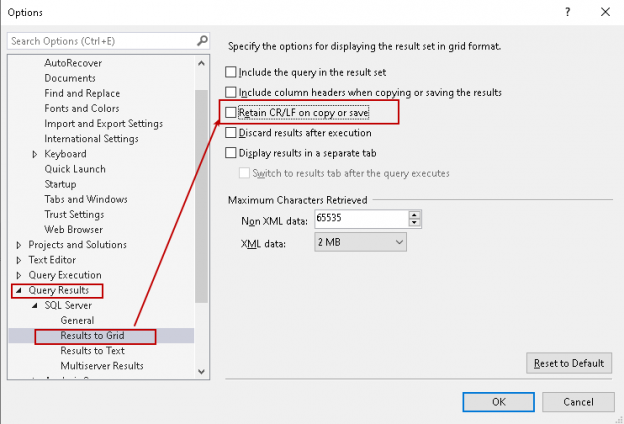
This article explores inserting SQL carriage return AKA line break and tab in a string along with SSMS behavior while copying data to excel, notepad.
Read more »
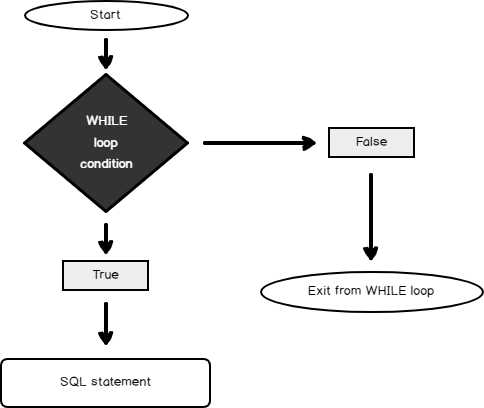
SQL WHILE loop provides us with the advantage to execute the SQL statement(s) repeatedly until the specified condition result turn out to be false.
Read more »
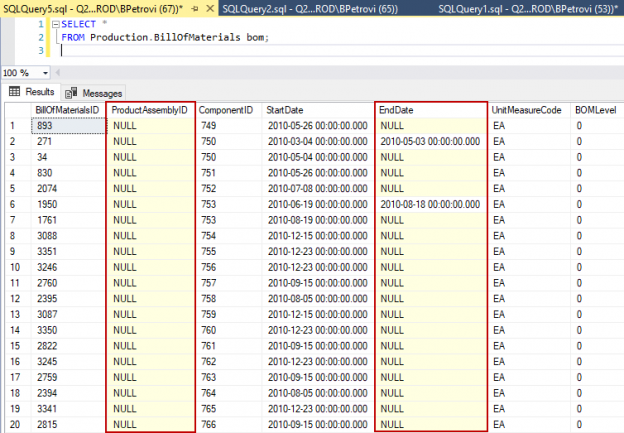
This article is about many different SQL data types that we use when working with SQL Server. We will start with a quick overview and go through some stuff like categories of data types, what objects we can work with, and how to create our own custom data types.
Read more »
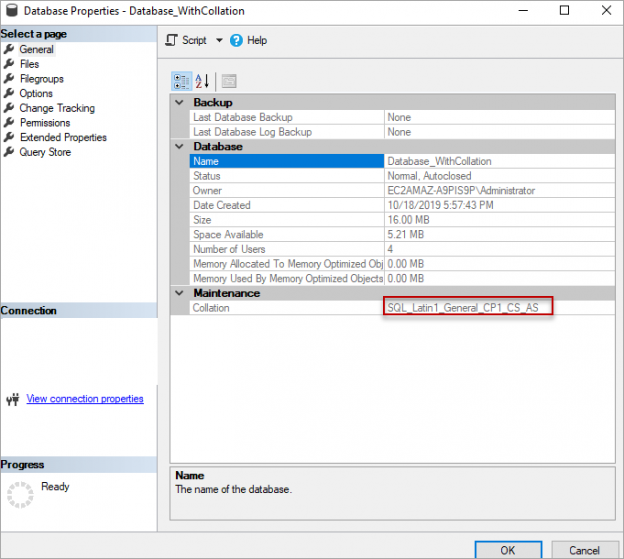
In this article, we will review the Collate SQL command. First, let us see what collation in the SQL Server is.
Read more »
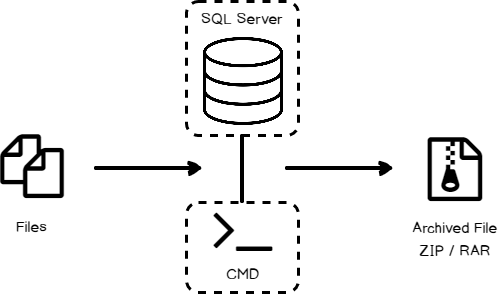
Microsoft SQL Server offers the ability to export data into CSV, Excel, PDF and other formats with the help of xp_cmdshell in T-SQL.
Read more »

This article explores the SQL divide by zero error and various methods for eliminating this.
Read more »
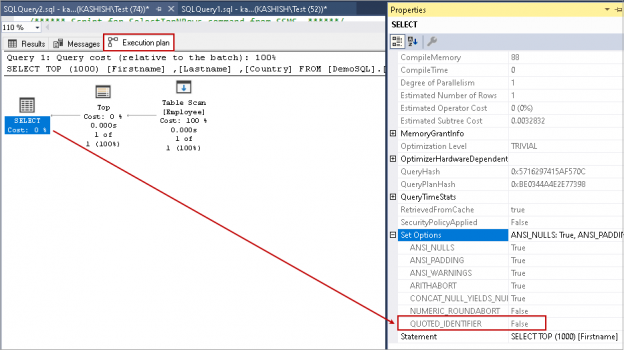
In this article, we will explore QUOTED_IDENTIFIER behavior, default value, and comparison with a different value. Set options at connection level control query behavior in SQL Server. The query might behave differently with different set options and their values.
Read more »
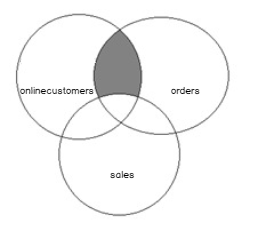
In this article, we will learn the SQL multiple joins concept and reinforce our learnings with pretty simple examples, which are explained with illustrations. In relational databases, data is stored in tables. Without a doubt, and most of the time, we need a result set that is formed combining data from several tables. The joins allow us to combine data from two or more tables so that we are able to join data of the tables so that we can easily retrieve data from multiple tables. You might ask yourself how many different types of join exist in SQL Server. The answer is there are four main types of joins that exist in SQL Server. First of all, we will briefly describe them using Venn diagram illustrations:
Read more »
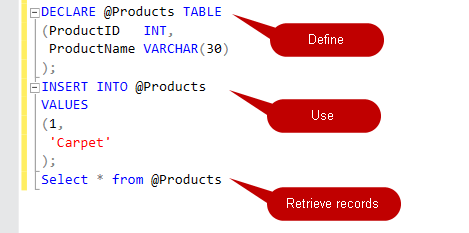
This article explores the SQL Table variables and their usage using different examples.
Read more »

In the article SQL Server Lead function overview and examples, we explored Lead function for performing computational operations on data. This article gives an overview of the SQL Lag function and its comparison with the SQL Lead function.
Read more »
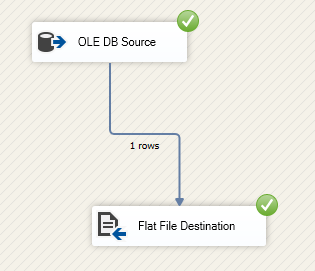
Until now, Microsoft has not included the XML Destination component in SQL Server Integration Services (SSIS). Many years ago, this component was requested on the Microsoft connect website, but it was closed as “Won’t fix.” For this reason, many workarounds and third-party components were created. In this article, we’ll talk about these components and some of the popular solutions for exporting data to XML using SSIS.
Read more »
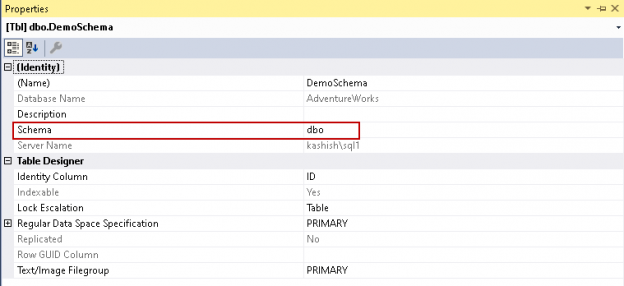
This article gives an overview of SQL Schema and its usage in SQL Server.
Read more »
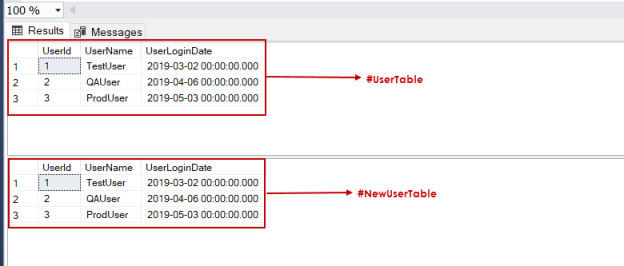
In this article, we will learn to rename tables in SQL Server. sp_rename is a built-in stored procedure which helps to rename user tables in the SQL Server. During the software development life cycle, we might be faced with various scenarios that required to rename the existing tables in the database. For example, the tables which are created in the SQL Server might be needed to be renamed, because of the software version upgrades, bug fixing or other various development requirements. These and similar reasons can make renaming tables important. So, in this article, we will particularly focus on how to rename the tables in SQL Server.
Read more »
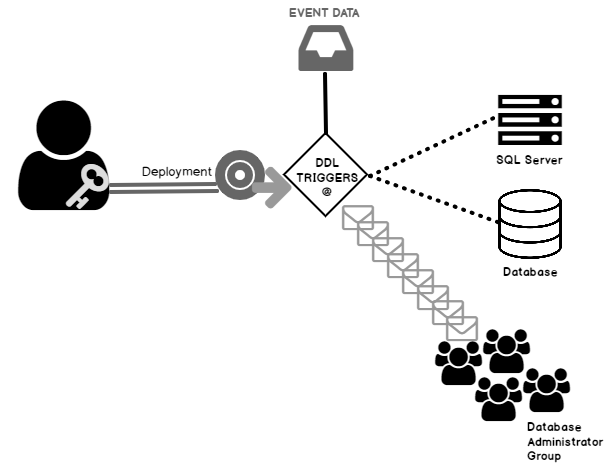
In this article, we will un-riddle the ways to make use of the data definition language trigger (DDL Trigger), in order to monitor the progressions made to the database programming objects, View, Procedure or Function with a few real-time examples.
Read more »© Quest Software Inc. ALL RIGHTS RESERVED. | GDPR | Terms of Use | Privacy